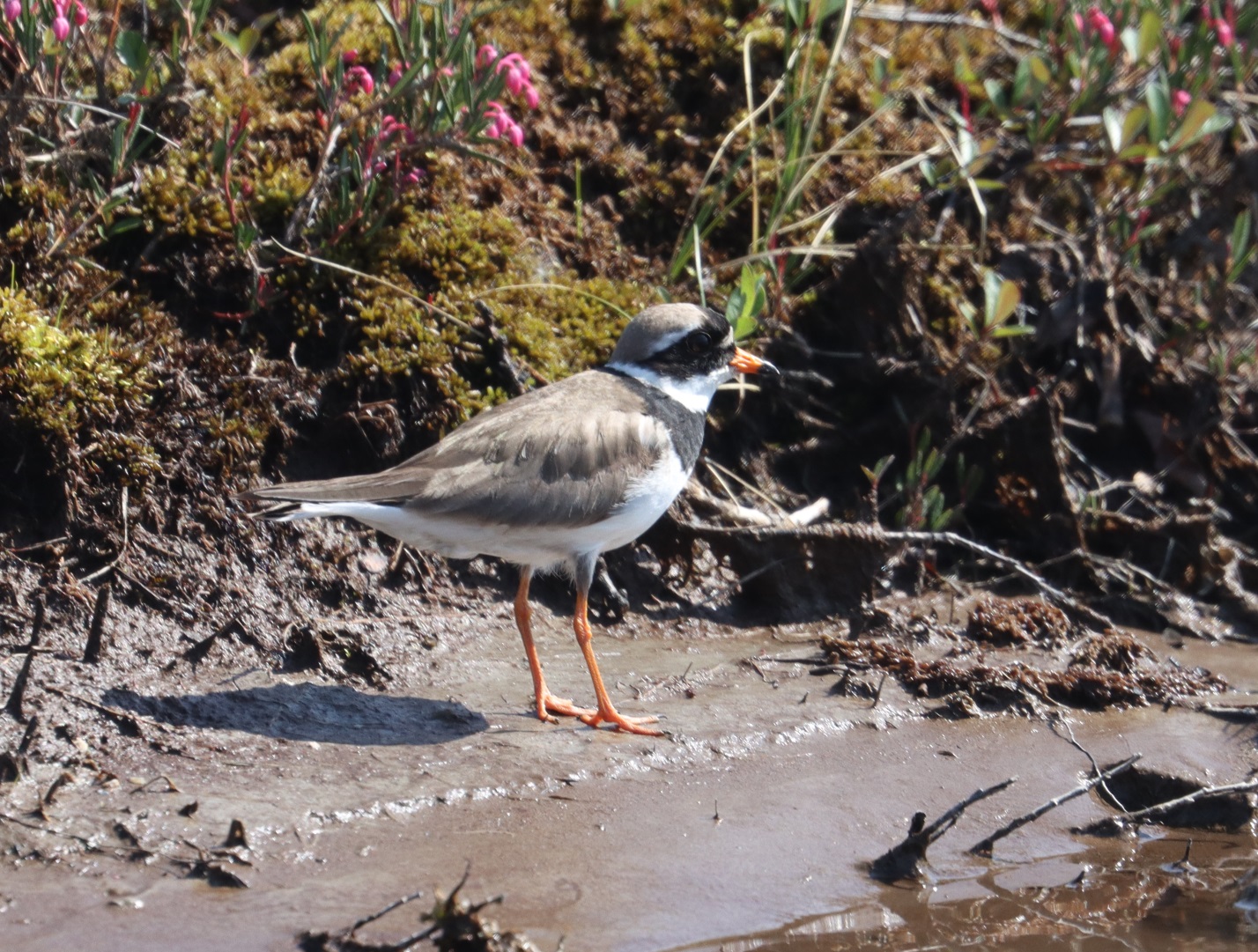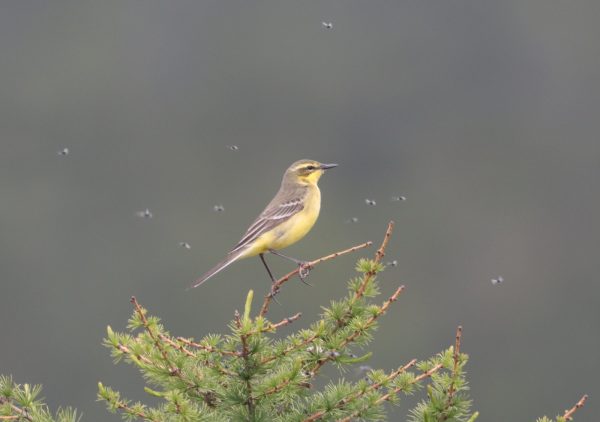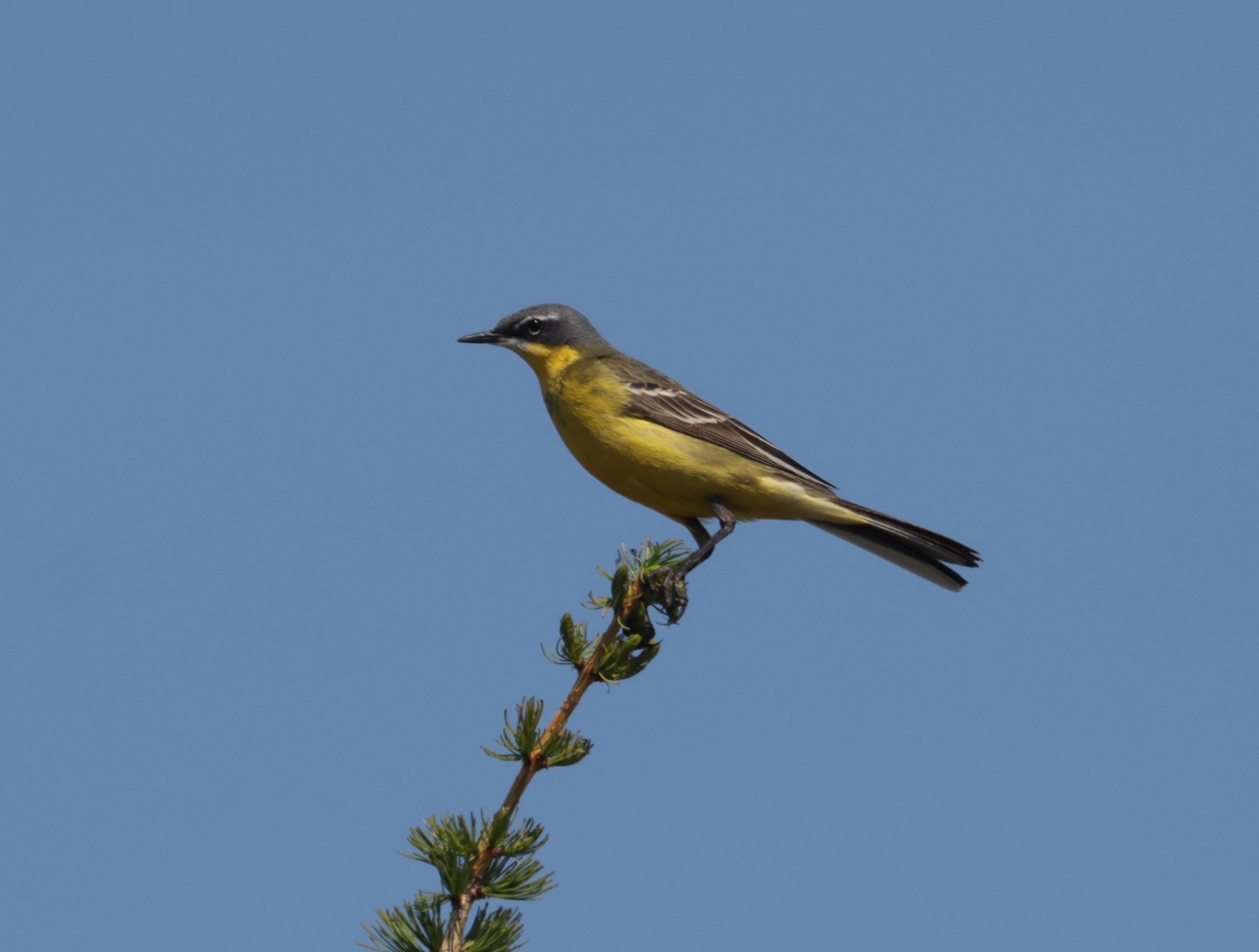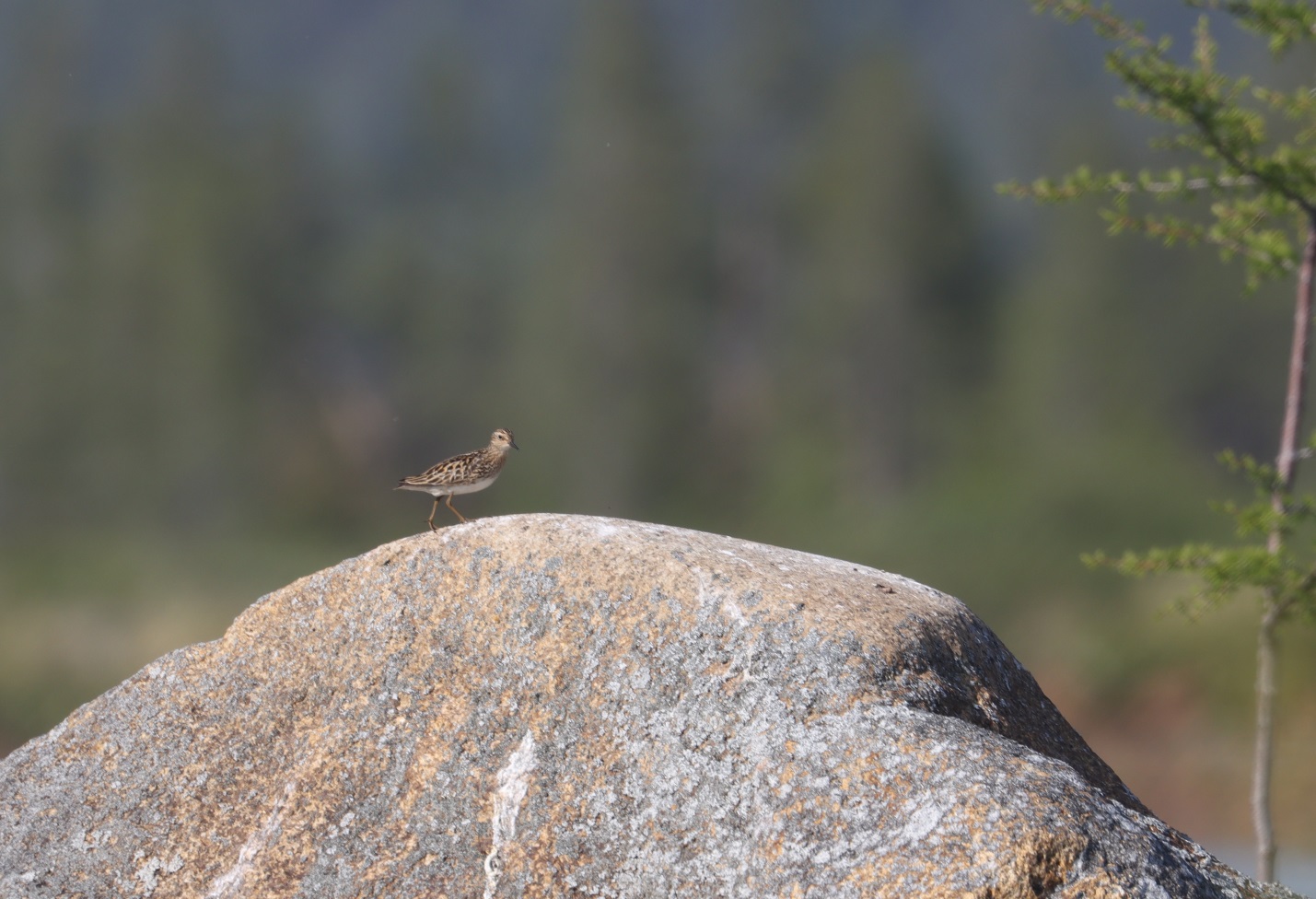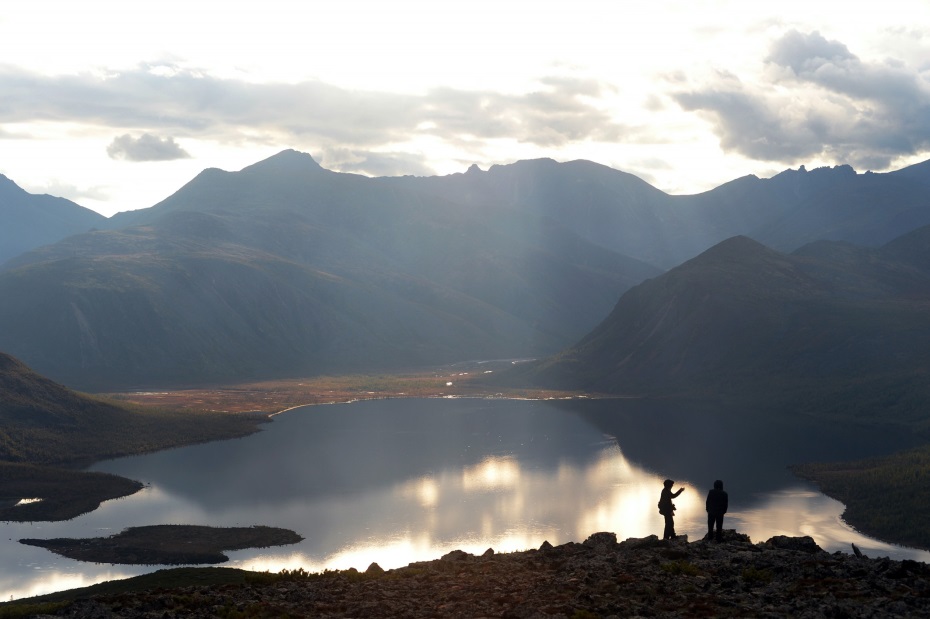News story by Elena Khamenkova, Candidate of Biological Sciences, Institute of Biological Problems of the North, Magadan
A new national park, Chersky National Park, located in the southeastern mountainous part of Northeast Siberia, was established in December 2022.
The park covers over 7400 hectares (74 km2) and includes three distinct clusters: Jack London Lake, Omulevsky 1, and Omulevsky 2. All the clusters are located on the southern slopes of the Chersky Range of the Upper Kolyma River Basin.
The area’s unique flora and fauna are typical of the tundra forests of Eastern Siberia and are represented by the altitude of the landscape.
It has a continental Arctic climate, and the Omul 1 and Omul 2 clusters experience extremely low winter air temperatures. These are the coldest territories in the world where people live.
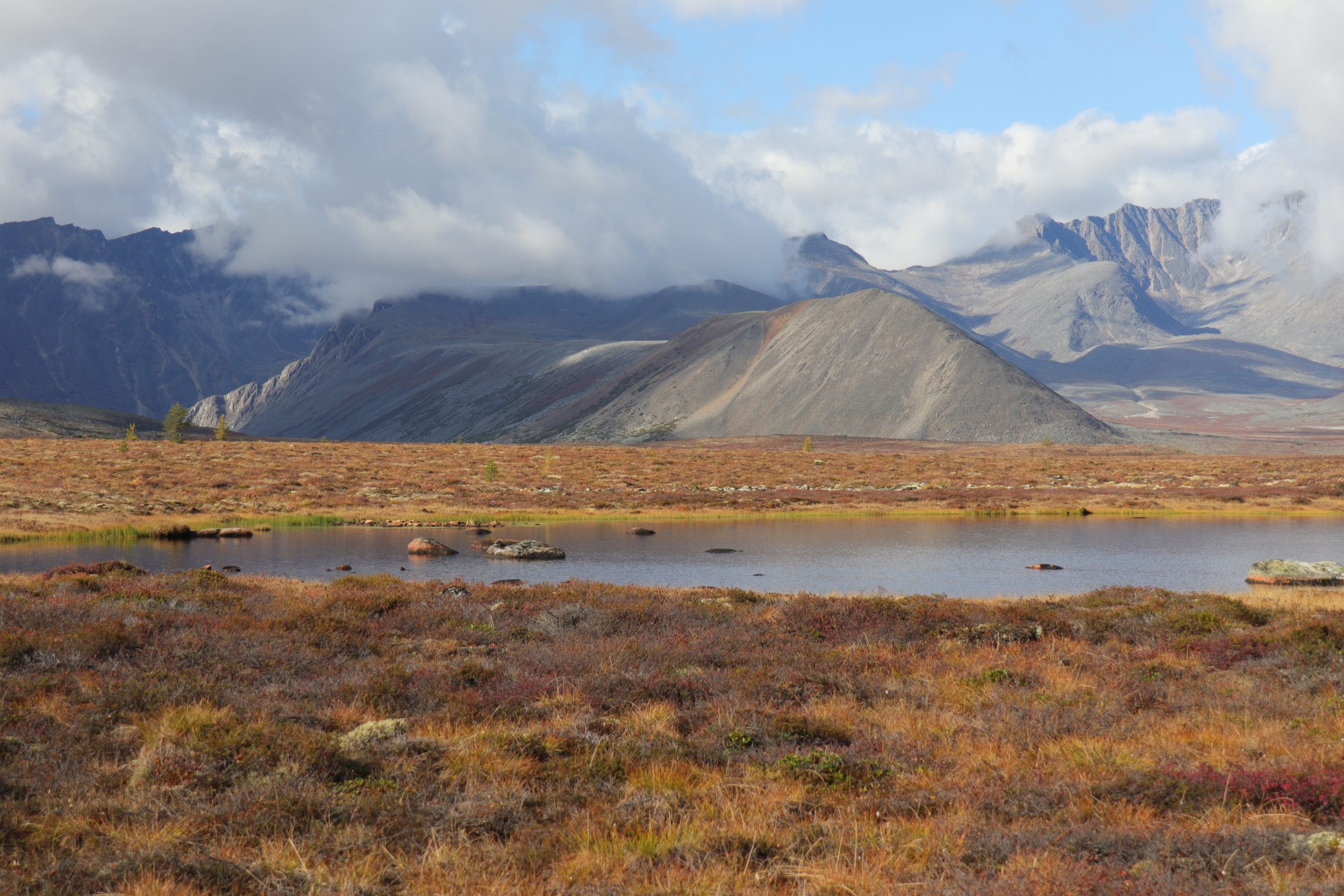
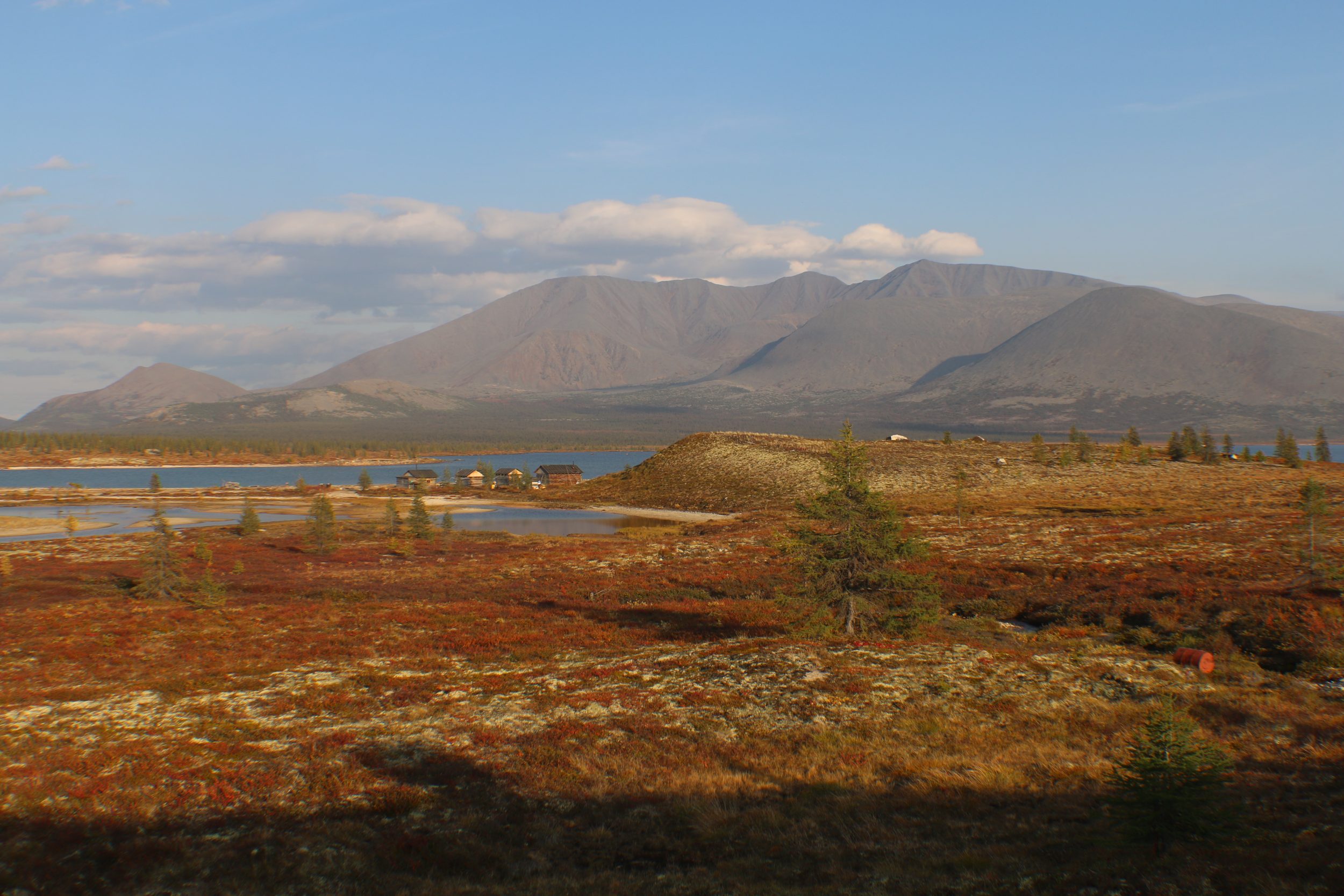
Park created to preserve unique landscapes and cultural remains
The park was initiated by the Institute of Biological Problems of the North, a research institute in Magadan, Russia.
The Institute studies the functioning and adaptive strategies of northern communities and ecosystems and the development of scientific principles for conservation and the use of the area’s resources.
To prepare a justification for the park’s creation, two large-scale complex expeditions were carried out in 2018 and 2021 by the Institute with support from the Russian Geographical Society.
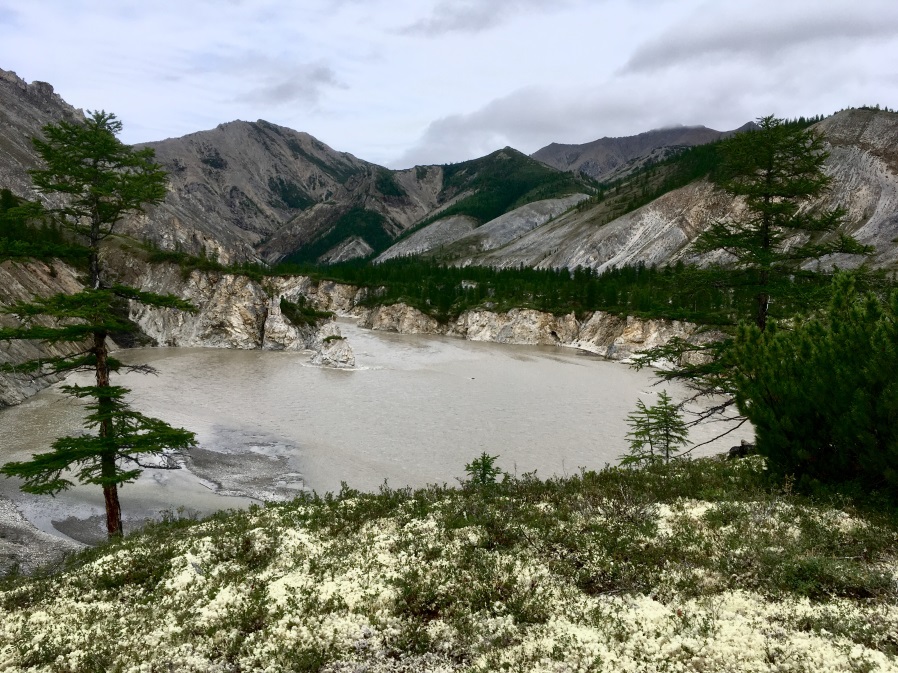
Scientists were tasked to establish the park to preserve the unique natural landscapes of northeast Siberia shaped by the late Glacial Epoche, an area famous for its gold mining.
The Magadan region is one of Russia’s largest mining areas. The history of its industrial extraction of minerals goes back almost 100 years. This inevitably affected the state of the natural environment, especially in the region of Upper Kolyma.
The creation of Chersky National Park was a necessary measure to preserve the landscapes and ecosystems of the upper reaches of the Kolyma River and the archaeological and geological monuments in the southern spurs of the Chersky Range.
The park now protects the lake-river complexes of the Upper Kolyma basin and cultural remains from the Mesolithic and Neolithic periods.
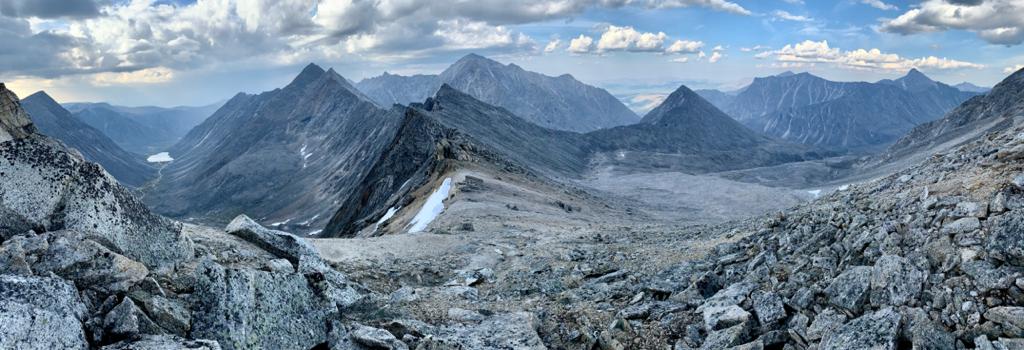
Park named after a famous ornithologist and zoologist
The park was named after Alexander Vladimirovich Andreev (1948–2020), a world-famous ornithologist and zoologist who devoted his life to studying the birds of the Magadan Region and other territories in the extreme winter conditions of the Far North.
Andreev’s findings, presented in the study „Standards of Nature of the Okhotsk-Kolyma Territory“, formed the basis for creating a national park in the Magadan Region.
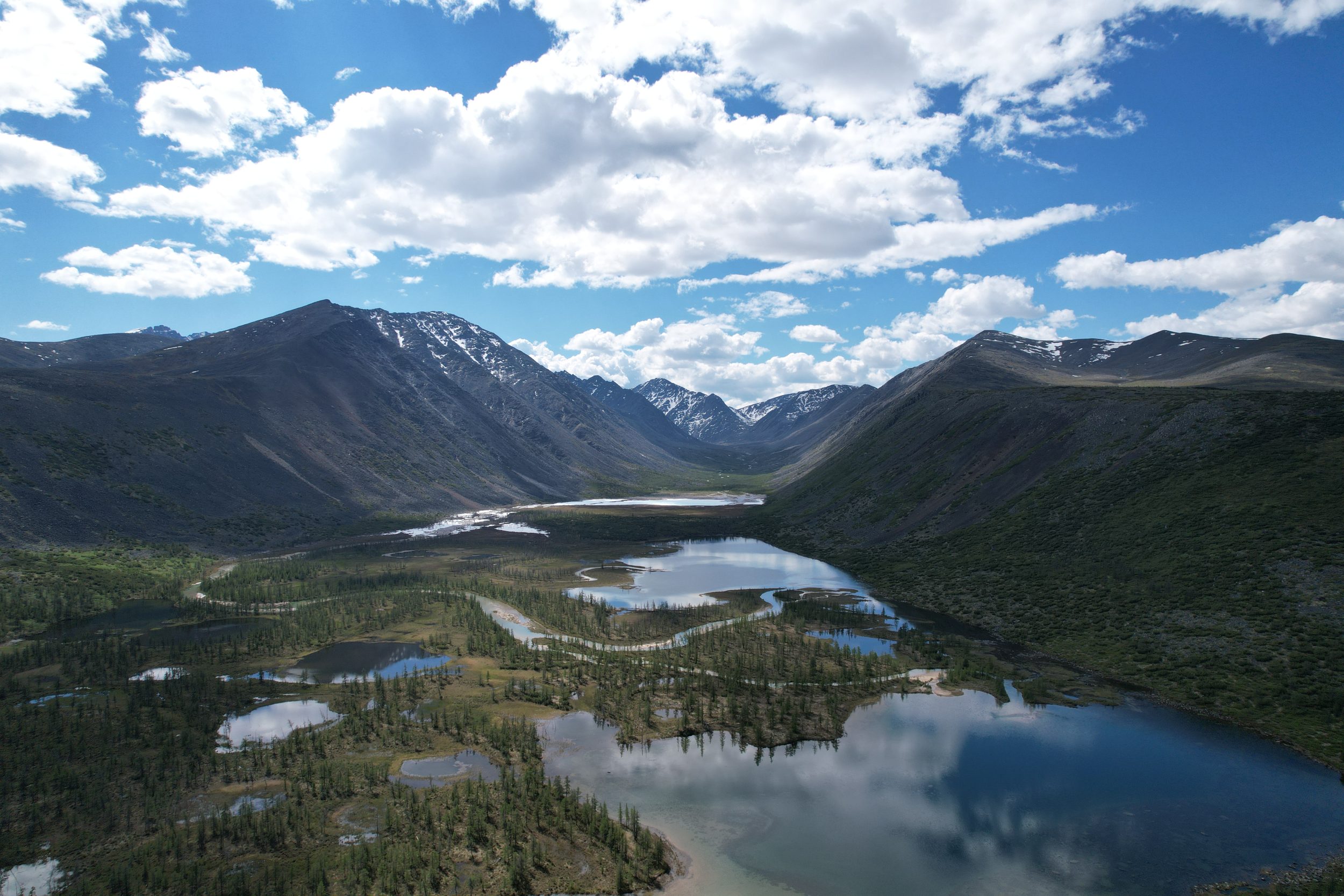
Bird species
More than 80 bird species can be found in the area, of which 69 were recorded during the breeding season with 56 species treated as nesting and 13 species as summering.
The species in the studied area are similar to those in the subalpine belt of the northern Yakutia mountains, with the presence of Long-toed Stint, Red-throated Pipit, and Pallas’ Reed Bunting, and the absence of, due to the area’s elevations, such species as Pine Grosbeak, Siberian Rubythroat, Pallas’ Leaf Warbler and Arctic Warbler, which are typically found in the subalpine belt of the Kolyma Highland.
On the other hand, the presence of such species as the Ringed Plover and Dusky Warbler and the absence of Blue Throat is similar to the bird fauna of subalpine landscapes of the Kolyma Highland.
The high abundance of both Beringian and Green-headed Yellow wagtails sharing habitats appears to be a unique feature of the area.
The park’s creators hope the area will play a significant role in the development of environmental tourism, education, and scientific and nature conservation work in the Magadan Region and the Northeast as a whole.
